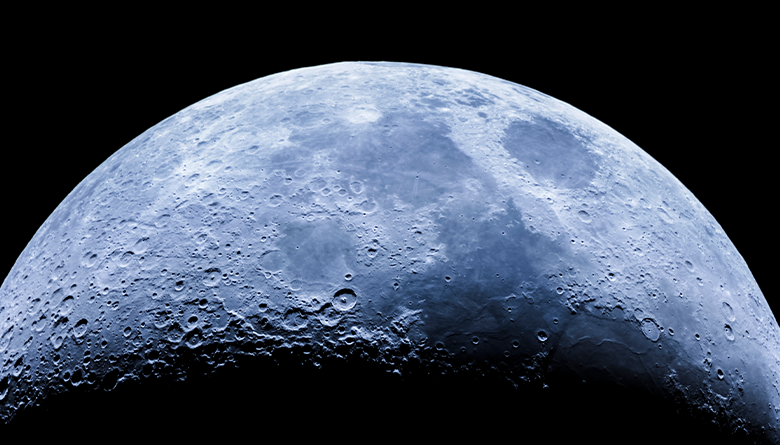By Dana Yamashita
Although the United States has not made a manned moon landing this century, exploration of the moon has not stopped. In fact, NASA plans to land the first woman and next man on the moon by 2024 with the Artemis program.
There have been a number of soft-landing attempts, when a spacecraft lands intact on the lunar surface, by space agencies and companies around the world, but more than one-third have ended in failure.
One issue is that there is no GPS for space exploration and to successfully, and precisely, land on the moon, spacecraft require technology that will allow them to “see” where they are and where they need to be.
“The issue is really precision landing,” said John Christian, an associate professor of aerospace engineering at Rensselaer Polytechnic Institute. “There’s been a big drive to make the landing footprint smaller so we can go closer to places of either scientific interest or interest for future human exploration.”
Christian is first author on a paper recently published in the AIAA Journal of Spacecraft and Rockets on research demonstrating how a series of lunar images can be used to judge the direction in which a spacecraft is traveling. Visual odometry, the process of determining the position and orientation of a robot by analyzing associated camera images, can allow navigation information to be gathered.
The multidisciplinary team of researchers demonstrated how they can determine the direction a spacecraft is moving with the images. Together, with information from other sensors and specifics already known about the moon’s surface, a spacecraft can more accurately target and land at a specific location on the moon.
In this research, Christian was joined by researchers from Utah State University and Intuitive Machines (IM) in Houston, Texas.




